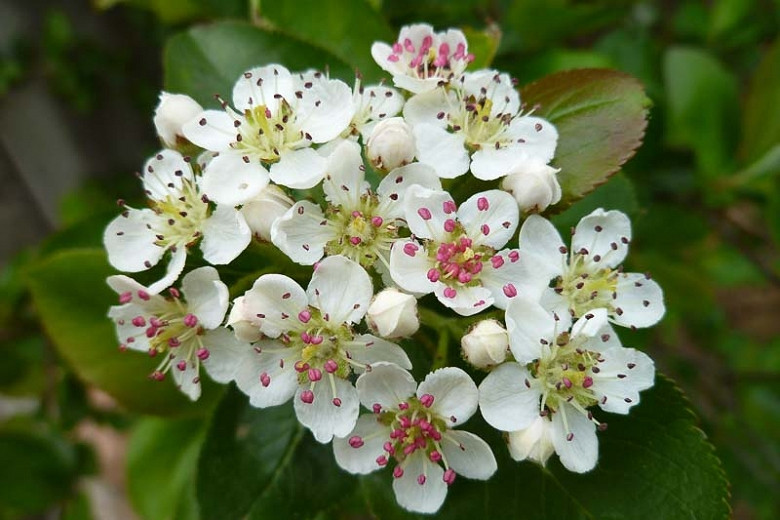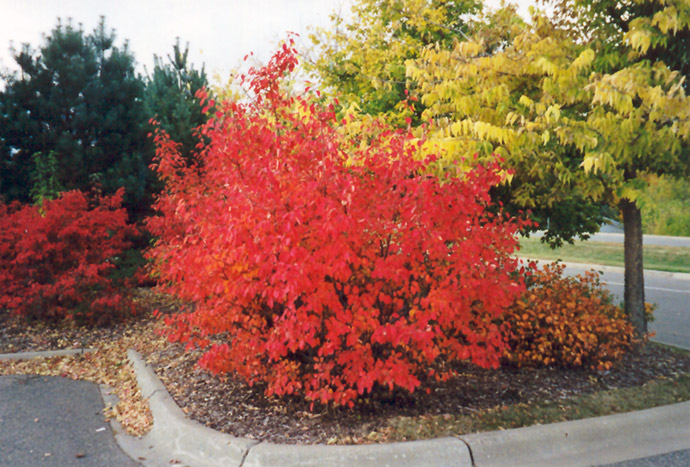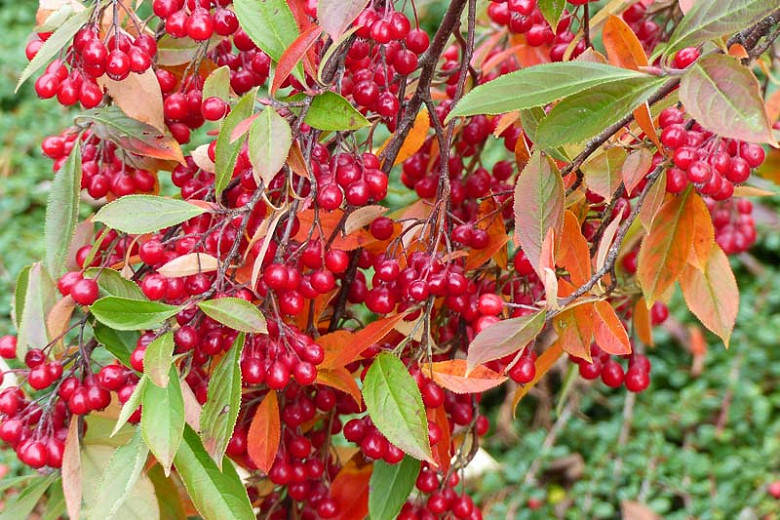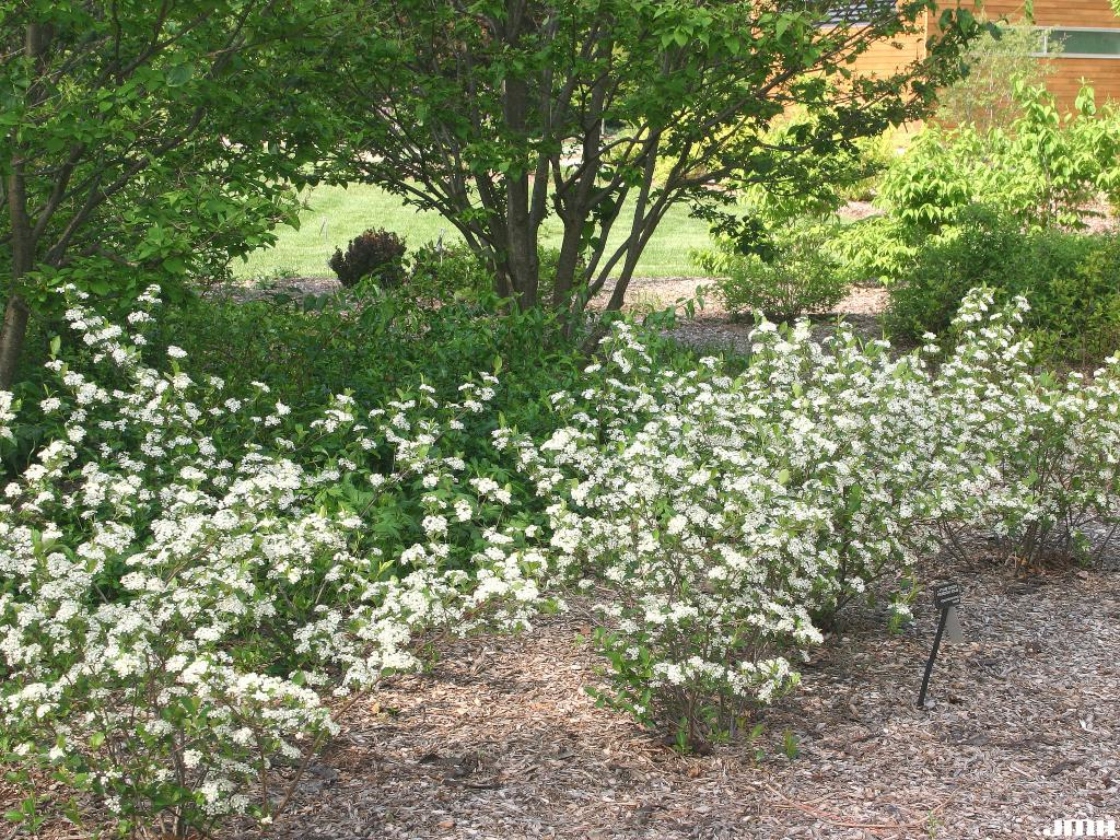How To Grow And Care For Chokeberry Shrubs
Title: How to Grow and Care for Chokeberry Shrubs
Introduction:
Chokeberry shrubs are a great addition to any garden. They are hardy, adaptable, and produce delicious berries that are high in antioxidants. Chokeberries are also relatively easy to grow and care for.
In this blog post, we will discuss the basics of growing and caring for chokeberry shrubs. We will cover topics such as choosing the right location, planting, watering, fertilizing, pruning, and harvesting.
Main Content:
Chokeberry Shrubs: A Brief Overview
Chokeberry shrubs are native to North America. There are three main types of chokeberry: black chokeberry, red chokeberry, and purple chokeberry.
Black chokeberry is the most common type of chokeberry. It has dark purple-black berries that are tart but have a sweet aftertaste. Black chokeberries are a good source of antioxidants, vitamin C, and fiber.
Red chokeberry has bright red berries that are sweet and tart. Red chokeberries are also a good source of antioxidants, vitamin C, and fiber.
Purple chokeberry has dark purple berries that are tart and sweet. Purple chokeberries are a good source of antioxidants, vitamin C, and fiber.
Choosing the Right Location
Chokeberry shrubs can be grown in full sun or partial shade. However, they will produce the best fruit if they are planted in full sun.
Chokeberry shrubs prefer moist, well-drained soil. They can tolerate a wide range of soil pH, but they prefer acidic soil.
Planting
Chokeberry shrubs can be planted in the spring or fall. When planting, dig a hole that is twice as wide and as deep as the root ball of the shrub.
Backfill the hole with soil, tamping it down gently. Water the shrub well.
Watering
Chokeberry shrubs need regular watering, especially during the first year after planting. Once the shrubs are established, they can tolerate some drought.
Fertilizing
Chokeberry shrubs do not need to be fertilized often. A light application of fertilizer in the spring will help the shrubs to produce more fruit.
Pruning
Chokeberry shrubs do not need to be pruned often. However, you may want to prune them to remove dead or diseased branches. You can also prune them to shape the shrubs.
Harvesting
Chokeberry berries are typically ripe in the fall. They can be eaten fresh, cooked, or made into juice.
Conclusion
Chokeberry shrubs are a great addition to any garden. They are hardy, adaptable, and produce delicious berries that are high in antioxidants. Chokeberries are also relatively easy to grow and care for.
If you are looking for a new shrub to add to your garden, I encourage you to consider chokeberry. You won't be disappointed.
To learn more about chokeberry shrubs, visit Home Gardening.
FAQ of chokeberry shrub
- What are chokeberries?
Chokeberries are a type of deciduous shrub that is native to North America. They are known for their dark purple berries, which are high in antioxidants and other nutrients. Chokeberries can be eaten fresh, cooked, or made into juice, wine, or syrup.
- How do I grow chokeberries?
Chokeberries are relatively easy to grow. They prefer full sun and well-drained soil. They are also drought-tolerant and can withstand cold winters. Chokeberries can be propagated from seed, cuttings, or suckers.
- How do I care for chokeberry shrubs?
Chokeberry shrubs do not require a lot of care. They should be watered regularly during the first year after planting. After that, they are fairly drought-tolerant. Chokeberry shrubs should be pruned in the spring to remove dead or diseased branches.
- What are the benefits of chokeberries?
Chokeberries are a good source of antioxidants, which can help protect the body against damage from free radicals. They are also a good source of vitamins A and C, as well as potassium and fiber. Chokeberries have been shown to have a number of health benefits, including:
* Boosting the immune system
* Reducing inflammation
* Protecting against heart disease
* Preventing cancer
* Improving gut health
- Are chokeberries poisonous?
The unripe berries of chokeberry shrubs are poisonous. However, the ripe berries are safe to eat. The ripe berries have a tart flavor that can be used in a variety of recipes.
- How do I propagate chokeberry bushes?
Chokeberry bushes can be propagated from seed, cuttings, by layering, or by digging up suckers. Seed is best planted in pots or in a nursery bed in fall and left to stratify (remain cold and moist) over winter. Cuttings can be taken in spring or summer. Layering can be done in spring or fall. Suckers can be dug up in spring or fall.
Image of chokeberry shrub
- Black chokeberry shrub in full bloom.

- A close-up of the black chokeberry berries.
- A red chokeberry shrub in fall.

- A cluster of red chokeberry berries.

- A chokeberry shrub in winter, with its leaves gone.

- A chokeberry shrub in a garden setting.

- A chokeberry shrub as a hedge.

- A chokeberry shrub as a windbreak.

- A chokeberry shrub as a food source for birds.

- A chokeberry shrub as a medicinal plant.

Post a Comment for "How To Grow And Care For Chokeberry Shrubs"